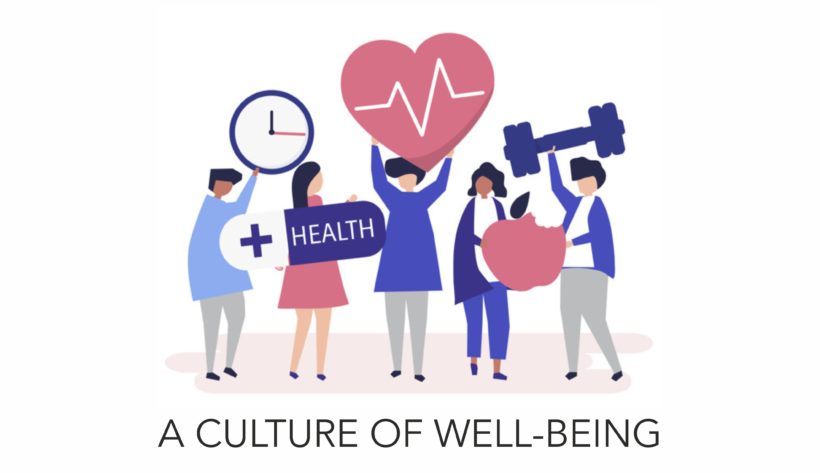The coronavirus pandemic has ushered in an unprecedented amount of uncertainty into every aspect of our lives. And it has stripped the world of its daily routines too. It impacted the employees in the workplace and studies have revealed that a large majority feel hopeless, burned out or exhausted because of stress, resulting from COVID-19.
Addressing employees’ well-being is critical today and will continue to be so, as returning to the workplace will set in. How will companies ensure that employees remain healthy and well? What should they do to ensure a culture of “well-being” in the workplace?
As employers across the globe adjust their work environments, they did not lose focus on supporting employees’ mental health. The pandemic has shifted employees’ desires toward more holistic, well-being support, including assistance in managing their emotional, social and financial health. Employers can indeed help alleviate the stressed environment that can lead to a healthier, happier and more productive workforce. Now is the time for employers to take steps in the right direction. What can they do?
- Offer personalized well-being support
Normally, companies offer the same resources, regardless of individual needs and goals. Now, the times have changed and employees need support for all areas of their well-being – be it physical, financial, emotional or social health. Quite naturally, priorities and difficulties faced by people vary. What’s more, each individual employee may require support in different areas of their life.
So, employers should not apply a one-size-fits all approach. While developing a well-being programme, leveraging technology can provide employers with valuable insight into the individual needs of their employees, so they may tailor their well-being offerings accordingly.
- Make it easy for employees to find resources
It must be easy for employees to find resources. Providing access to all programming easily, can help employees become better acquainted with their well-being resources. This platform can serve as a ‘one-stop-shop’ for employees. Simultaneously, the employers will have one location to get employee engagement insights, which will enable them to access feedback required from their well-being program. This can help employers ensure they are delivering the right programs to employees at the right time.
- Think creatively
The first step for employers in developing an effective well-being program is – assessing accurately the desires of their workforce. They must think creatively about their well-being offerings. An employee survey can be conducted – to help employers better understand the specific needs of their employees, so that they can tailor benefit offerings accordingly. Priorities may vary across industries, but the importance of work-life balance is relevant and important to all. Demonstrating concern for employees’ well-being (both inside and outside of work) will go a long way to inculcate a happy, healthy and productive workforce.
- To engage employees in a ‘disconnected’ world – use multi-channel, multi-cycle campaigns
With more people working remotely on a WFH mode, employers need to reach out often and in different ways – to keep employees connected and engaged, and bridge the digital gap. Using multiple communications channels and developing multi-cycle campaigns will improve the chances that messages will be heard and action will be taken. After the pandemic, we saw companies using digital tools like informational Zoom meetings, webinars, podcasts and so on. Such an outreach can definitely keep employees engaged and participating in well-being activities.
- Initiate a corporate effort to cope with stress
Stress-reducing initiatives can be customized to different types of workforce. It’s a fact that some fields have higher stress than others. But, regardless of what industry a business (small or big) is in, there is a great opportunity now, to create a support system for employees. Offering healthy coping mechanisms is more important now than ever. No one knows how long the pandemic will last, but it is anticipated that many people will surely feel more isolated and the outdoors will remain inaccessible.
Ensuring that employees feel supported during a public health crisis like the COVID pandemic. will also garner positive sentiment – promoting trust and loyalty in the workplace.










